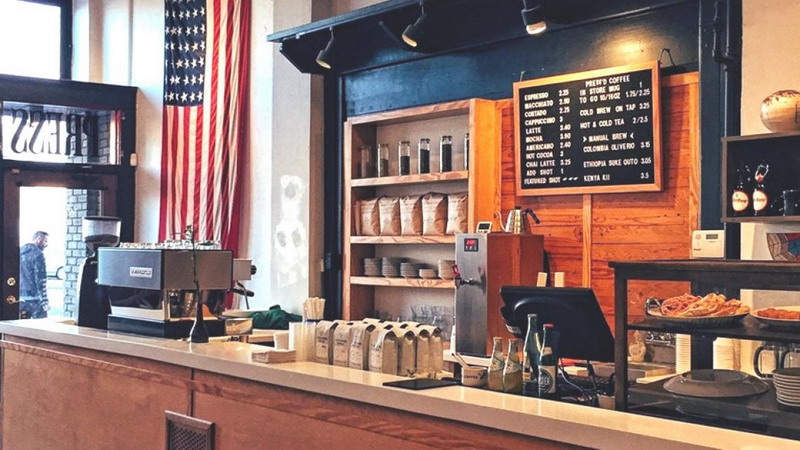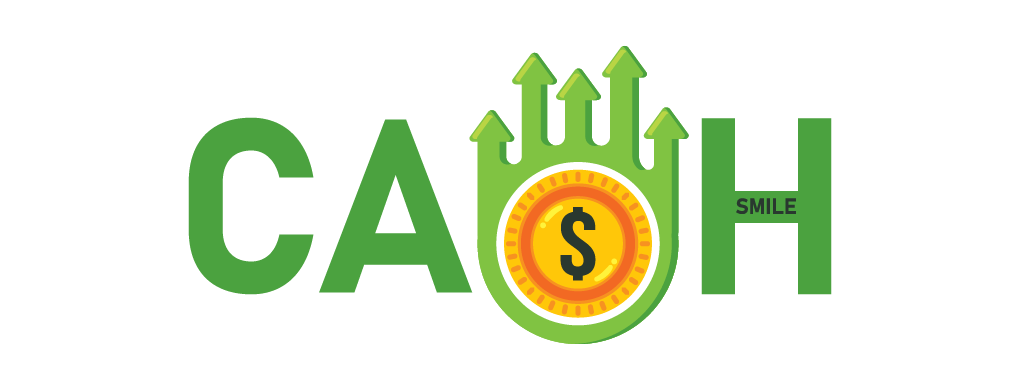
NY’s Minimum Wage Laws and the Need for Restaurant Payroll

Restaurants that contract with BenefitMall to handle payroll have access to a specialized payroll solution designed just for them. It is a payroll system built from the ground up to accommodate some of the unique aspects of running a restaurant. Is such a specialized solution absolutely necessary? No, but it is a good idea.
New York State’s minimum wage laws make it easy to see just how difficult it can be for restaurants to run payroll in-house. Those laws have recently come to the forefront as a result of minimum wage rate increases effective January 1 (2019). Let us take a closer look.
Different Minimum Wage Rates
One of the unique aspects of New York’s minimum wage law is that there are different pay rates for different kinds of businesses throughout the state. Moreover, minimum wage rates are also affected by workforce size and employer location. We will focus only on restaurants here.
A restaurant located in New York City with at least 11 workers on the payroll is required to pay a minimum wage of $15 per hour. New York City restaurants with fewer than 11 workers must pay $13.50 per hour. Restaurants on Long Island must pay $12 per hour regardless of the number of workers while elsewhere in the New York area, they pay $11.10 per hour.
Imagine being a restaurant owner with multiple locations throughout the greater New York Metro. Just keeping track of minimum wage at each of your establishments is more than challenging. It is conceivable that you could be paying different rates at every single location. You could be paying different rates within the city itself if you have multiple locations with differing staff sizes.
New York’s Tip Credit
Under current New York State law, restaurant owners can apply up to $5.00 of a server or bartender’s tips toward hourly wage. So if a New York City server who should be earning $15 per hour is making at least $5.00 per hour in tips, the employer can reduce that individual’s hourly pay rate to $10.
While this is good for the employer’s bottom line, it creates a nightmare in terms of calculating who gets what. Tips fluctuate from shift to shift. Servers will do well on some nights and not so well on others. The greater the fluctuation, the more calculations are necessary when it comes time to run payroll.
The Power of a Specialized Solution
The two scenarios described in this post are but a representation of what restaurant owners are up against in terms of payroll. Restaurant payroll can be extremely complicated even for small restaurants. The larger the establishment, the more complicated things become.
The power of a specialized restaurant payroll solution is that it accounts for all of the little details that go into processing payroll. For example, you might have a module that tracks server tips. Nightly tips can be entered manually or automatically entered through integration with point-of-sale software. Either way, the payroll software automatically makes wage calculations based on tip data.
Specialized payroll solutions for restaurants often include integrated time and attendance tracking, tools to account for differing pay rates for servers and bartenders compared to back of house staff, and even advanced reporting to help restaurant owners maintain compliance with overtime and withholding laws.
The long and short of it is that restaurant payroll is tough. And knowing how tough it is, it’s surprising that any restaurant still chooses to continue doing payroll in-house when companies like BenefitMall offers specialized solutions tailor-made for their industry.


